Psychotria suber
Psychotria suber Van Jaarsv. & S.Venter
Family: Rubiaceae
Common names: corkbark bird-berry (Eng.); kurkbas-voelbessie (Afr.)
Introduction
The corkbark bird-berry is a recently described small tree that grows wild on rocky mountain peaks in Barberton, Mbombela, Swaziland and adjacent KwaZulu-Natal region. The leaves are thickly leathery and the lower branches are covered with a distinct corky layer. The flowers are yellow, followed by reddish, rounded fruits. It makes a rewarding ornamental shrub which is best for grassland and bushveld gardens, planted in full sun.
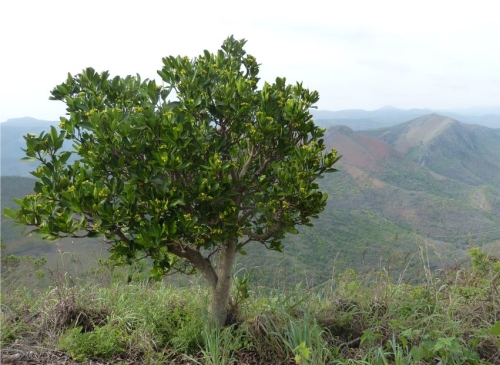
Fig. 1. A fully-grown Psychotria suber tree in its natural habitat, Three Sisters, Mpumalanga.
Description
Description
Psychotria suber is an ascending, evergreen shrub or small tree, 2–4 m tall, with a rounded crown. The roots are fibrous. The bark is distinctly corky and longitudinally fissured. The young branches are green, quadrangular to almost rounded, becoming brownish, 10 × 8 mm in diameter. The leaves grow in opposite pairs. They are leathery, green, without hairs (glabrous), shiny, obovate to almost rounded, 110–160 × 60–80 mm. The base is wedge-shaped, the margin entire. The leaf tip is blunt (obtuse), almost truncate to notched (emarginate). The veins are yellowish-green, main vein 4 mm in diameter. The lower surface with raised green veins and cavities (domatia) along the main vain and where secondary veins meet. Older leaves become deciduous from below.
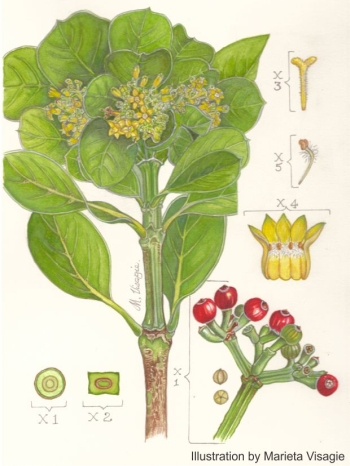
Fig. 2. Psychotria suber, illustrated by Marieta Visagie.
The inflorescence is terminal, the cymes forming almost rounded panicles, 45–100 × 90 mm of up to 60 flowers. The inflorescence stalk is about 18–45 mm long, 3–5 mm in diameter at base, 4-angular. The flower stalks 4–5 × 1.8 mm, minutely hairy. The calyx is dark green, 1.5 mm long, cup shaped, the lobes abbreviated, surface minutely hairy. The flowers are 10–12 mm in diameter, yellow, the tube 6 × 4 mm, yellowish-green, densely hairy in the upper half, the lobes 5, egg-shaped 4.5–5 × 3.5 mm, yellow. The lobe tips drawn to a sharp point. The anthers (male parts) 1.5 × 0.8 mm, the anther stalks (filaments) hairy. The ovary (female portion) 2 chambered, 2 × 2 mm, each half 2 × 1 mm, the stigma 8–10 mm long, yellowish green, divided into two lobes, each lobe 1 × 1 mm, yellow. The fruit consists of a berry, 8–9 mm in diameter. The seed flattened, half-lunar, 5 × 3 mm. Flowering time is mainly in early summer (November and December, southern hemisphere), the fruits appear in late autumn and winter.
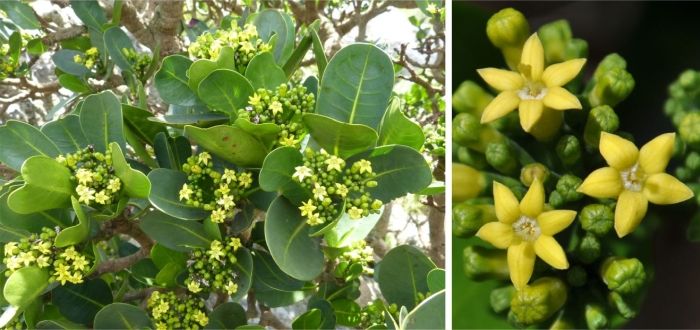
Fig. 3. The flowers of Psychotria suber.
Conservation Status
Status
Psychotria suber is locally common and known from a number of populations, some of which are in protected areas, and can be regarded as not threatened; it is a newly described species and has thus not yet been formally assessed for the Red List of South African Plants.
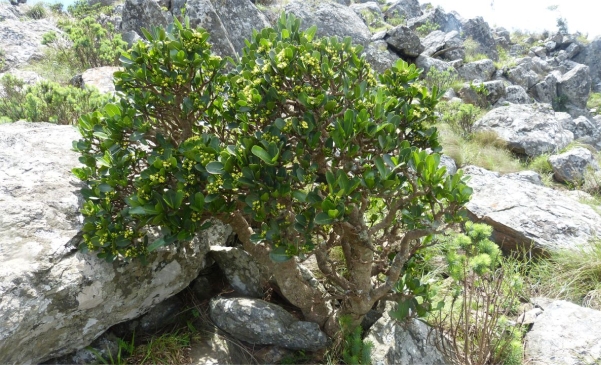
Fig. 4. The shrub form of Psychotria suber, with more stout stems and branches, in habitat, Three Sisters, Mpumalanga.
Distribution and habitat
Distribution description
Psychotria suber grows wild in the southern mountains of the Mpumalanga Drakensberg Escarpment and adjacent areas, in Mpumalanga, Swaziland and northern KwaZulu-Natal. It grows on exposed rocky mountain slopes, in full sun, in open savannah, on granite and conglomerate derived soils, at altitudes of 800–1 500 m. The vegetation where the type specimen was collected consists of Kaalrug Mountain Bushveld (Lowveld Bioregion) which is part of the Savannah Biome and subject to regular fires (Mucina & Rutherford 2006). At Three Sisters, north east of Barberton, it was found in association with soil derived from conglomerate. Rainfall is mainly during summer and ranges between 650 and 1 200 mm per annum. Winters are warm during the day, cold at night, and frost is a rarity. Associated trees and shrubs at Three Sisters include Aloe arborescens, Burchellia bubalina, Ekebergia pterophylla, Pavetta edentula, Greyia sutherlandii, Cephalanthus natalensis, Englerophytum magalismontana and Senecio barbertonicus. Other smaller plants include Plectranthus purpuratus subsp. montanus, Xerophyta retinervis, Merwilla plumbea, Cotyledon egglii, Aloe simii, A, spicata and A. rouxii, Crassula swaziensis and Thorncroftia lotterii.
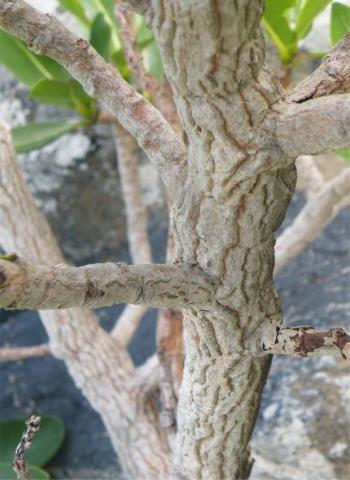
Fig 5. The thick corky bark of the corkbark bird-berry (Psychotria suber).
Derivation of name and historical aspects
History
Psychotria suber was named by Fanie Venter and the author in 2021 in Flowering Plants of Africa. The specific epithet, suber, is Latin and means ‘corky’. This is in reference to the thick and corky bark of the stems and branches, which is distinct and distinguishes it from all the other species of Psychotria.
The author first came across this small, distinctive tree on 7 May in 1975 on the Uitkyk Road, about 14 km east of Mbombela (formerly Nelspruit) on a farm, at the time belonging to Mrs Nel. He found the shrubs growing among granite rocks, in full sun, on the highest point on the farm. Some of the reddish fruits were collected and grown on at the Lowveld National Botanical Garden. It had been collected several times earlier by several botanist including Elize Buitendach, who collected plants at their farm Uitkyk. At the time, the author was working in the Lowveld National Botanical Garden at Nelspruit (1974-1976), and was privileged to have the experienced botanist Mrs Elize Buitendach as his mentor. Seed was sown at Kirstenbosch in 1977, they germinated well and specimens were planted in the bed at the bottom of the main lawn, opposite the lower restaurant, where they can be viewed. Plants were drawn by botanical artist Marieta Visagie (see Fig. 2).
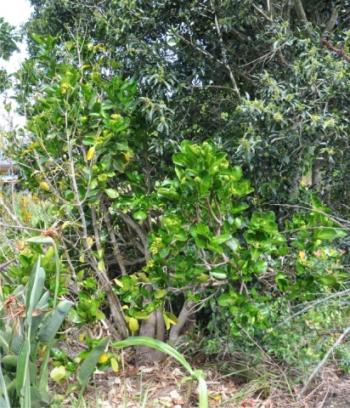
Fig. 6. Psychotria suber growing in Kirstenbosch National Botanical Garden.
The genus Psychotria was named by Linnaeus in his Species Plantarum in 1753. It is a large group with about 1 858 species, of which most are tropical. Most species are confined to South America (Christenhusz et al. 2018). Psychotria is derived from psyche, meaning ‘life’, and pertaining to the healing properties of some species (Clarke & Charters 2016). The hallucinogenic drug ayahuasca, which is used in South America and elsewhere, is derived from Psychotria viridis and other plants. Yohimbe, a popular traditional medicine in West Africa is derived from the bark of Pausinystalia johimbe. Ipecac, a powerful emetic, comes from the roots of Carapichea ipecacuanha.
There are 5 Psychotria species recorded for southern Africa. P. suber is immediately distinguished by its corky bark, the larger, rounded, thickly leathery leaves and larger flowers. P. suber was previously confused with P. capensis (black bird-berry), which is a shrub or small tree of the forest and forest margin of eastern South Africa. These two species can be distinguished as follows:
P. suber has thick corky bark, leaves are thickly leathery, flowers are larger (10-12 mm diameter and 6 mm long), pedicel is longer (4-5 mm long) and the fruits are larger (8-9 mm diameter) where P. capensis lacks corky bark, leaves are thinly leathery, flowers are smaller (4-5 mm in diameter and 1.5-3mm long), the pedicel is shorter (0-2 mm long) and the fruits are smaller (5-6.5 mm diameter).
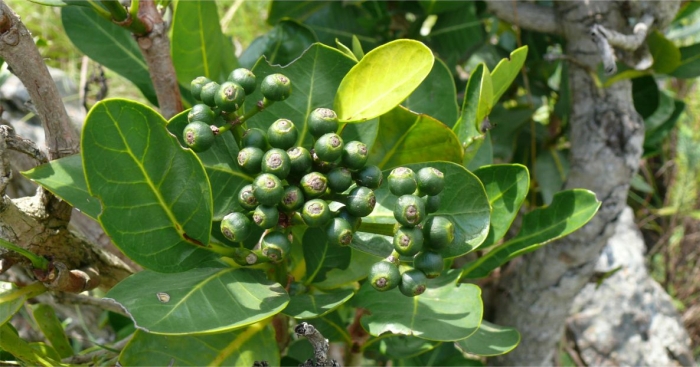
Fig. 7. A branch of Psychotria suber showing the leathery leaves and immature green fruits.
Psychotria suber belongs to the family Rubiaceae, a large family with about 13 620 species ranging from small herbs, epiphytes, to large trees (Christenhusz et al. 2017). In fact, most trees species in South Africa belongs to the family Rubiaceae (Van Wyk 2013). The family is at once distinguished by their leaves in opposite pairs (decussate) and bearing stipules between the petioles (interpetiolar) and regular flowers. Many plants within this family are useful. We grow so many beautiful shrubs and trees belonging to this family (Gardenia, Burchellia, Alberta magna, Pavetta etc.). Think of Coffee which is prepared from the seed of the coffee tree (Coffea arabica). Quinine has an antimalarial alkaloid prepared from the bark of two species (Cinchona calisaya, C. pubescens) from South America. Red dye is also obtained from Rubia tinctorum. The name Rubiaceae, is derived from the genus Rubia, which is derived from the Latin ruber, meaning ‘red’ (Clark & Charters 2016).

Fig. 8. A young branch of Psychotria suber showing the corky layer articulated at the nodes.
Ecology
Ecology
The vegetation of the region is subject to regular grass fires and the distinct corky layer of the bark of Psychotria suber gives insulation against grass fires. When burned, the plants simply re-sprout after a fire. The leathery leaves assist in water conservation. Psychotria suber flowers at the end of spring (November) in its native habitat. The fruits ripen during summer, turning red when ripe, and are dispersed by fruit-eating birds.
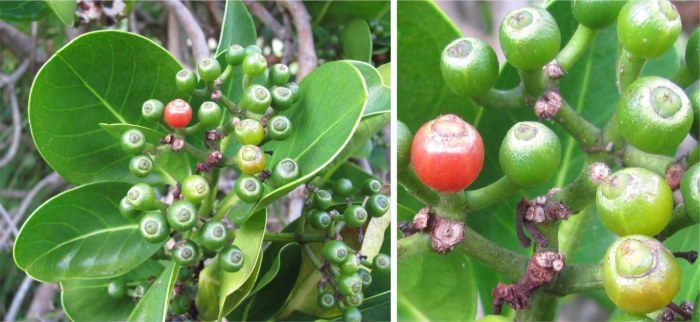
Fig. 9. The fruits of Psychotria suber, green at first, maturing to yellow, then orange red when fully mature.
The leaves are beset with tiny cavities on the lower surface (domatia). These cavities are thought to house bacteria responsible for the fixation of nitrogen.
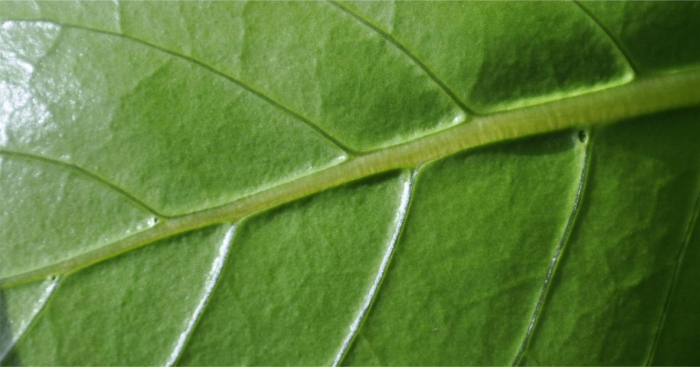
Fig. 10. The underside of a Psychotria suber leaf showing domatia.
Uses
Use
This evergreen shrub with its glossy leaves, yellow flowers and red berries, shows promise as a garden ornamental. No other uses have been recorded, although Psychotria capensis roots are taken as emetics and used to treat gastric complaints, and this species may be used similarly since they look similar and have for years been thought to be the same species.
Growing Psychotria suber
Grow
The corkbark bird-berry (Psychotria suber) is easy to grow and does well in cultivation but its growth is slower than the black bird berry (Psychotria capensis). It grows into a rounded, evergreen shrub that is can be grown in the garden or as a container plant, and is best for sunny grassland and bushveld gardens. The corky bark will also assist with protection from frost.
Sow seed in spring, summer or autumn in a sandy mixture. Place the container in a shady position but with full light. Germination is usually within 3 weeks. Once large enough to handle the young plants can be planted out in a general nursery soil mixture.
References
- Christenhusz, M.J.M., Fay, M.F. & Chase, M.W. 2017. Plants of the World, an illustrated Encyclopedia of vascular plants. Kew Publishing, Royal Botanic Gardens, Kew.
- Clarke, H. & Charters, M. 2016. The illustrated dictionary of southern African plant names. Flora & Fauna Publications Trust, Jacana, Johannesburg.
- Anonymous. 1986. The Official Yearbook of the Republic of South Africa (1986), the Publications Division of the South African Bureau for Information on behalf of the Department of Foreign Affairs, Pretoria. Government Printer.
- Coates Palgrave, K. 2002. Trees of southern Africa. Struik, Cape Town.
- Klopper, R.R., et al. 2006. Checklist of the flowering plants of sub-Saharan Africa: An index of accepted names and synonyms. Southern African Botanical Diversity Network report No 42. SABONET.
- Van Jaarsveld, E.J. & Venter, S. 2021. Psychotria suber (Rubiaceae). Flowering Plants of Africa 67: 142–149.
- Mucina, L. & Rutherford, M.C. (eds) 2006. The vegetation of South Africa, Lesotho and Swaziland. Strelitzia 19. South African National Biodiversity Institute, Pretoria.
- Smith, C.A. 1966. Common names of South African plants. Memoirs of the Botanical Survey of South Africa No. 35. Government Printer, Pretoria.
- Van Wyk, B. & Van Wyk, P. 2013. Field guide to trees of southern Africa. Struik Publishers, Cape Town, Johannesburg.
Credits
Ernst van Jaarsveld
Kirstenbosch National Botanical Garden (Retired 2015)
Babylonstoren Farm
Extraordinary senior lecturer and researcher,
Department of Biodiversity and Conservation, University of the Western Cape
November 2022
Acknowledgements: the author thanks Marieta Visagie for the illustration.
Plant Attributes:
Plant Type: Shrub, Tree
SA Distribution: KwaZulu-Natal, Mpumalanga
Soil type: Sandy, Loam
Flowering season: Early Summer
PH: Acid, Neutral
Flower colour: Yellow
Aspect: Full Sun
Gardening skill: Easy
Special Features:
Horticultural zones









Rate this article
Article well written and informative
Rate this plant
Is this an interesting plant?
Login to add your Comment
Back to topNot registered yet? Click here to register.